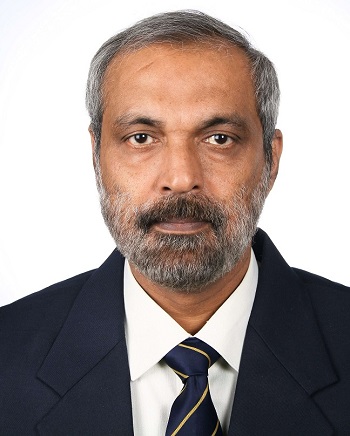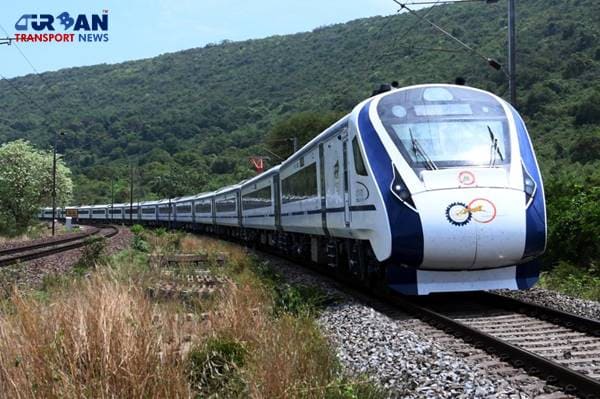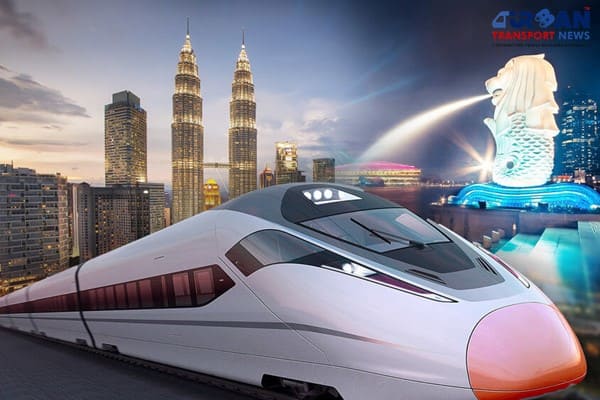 Kuala Lumpur-Singapore high-speed rail project cost could be slashed to RM70 Billion
Kuala Lumpur-Singapore high-speed rail project cost could be slashed to RM70 Billion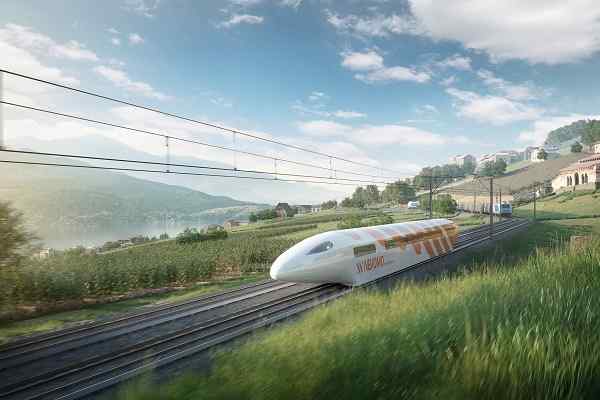 Nevomo's MagRail Technology Selected for Hyperloop Freight Demonstrator
Nevomo's MagRail Technology Selected for Hyperloop Freight Demonstrator Russia signs deal to procure bullet trains for Moscow - St. Petersburg high-speed line
Russia signs deal to procure bullet trains for Moscow - St. Petersburg high-speed line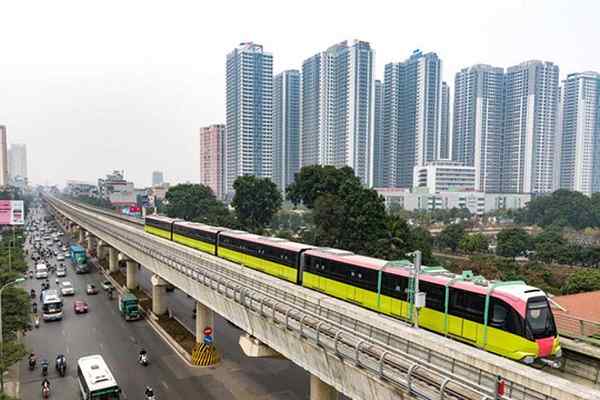 Vietnam plans new metro rail lines to replace its BRT systems in Hanoi
Vietnam plans new metro rail lines to replace its BRT systems in Hanoi 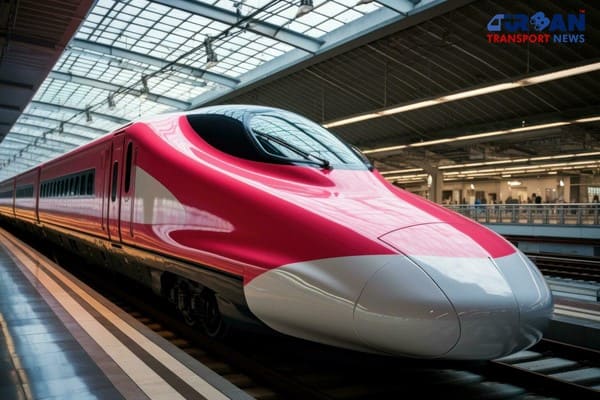 Revolutionizing Indian Railways: The Rise of Indigenous High Speed Bullet Trains
Revolutionizing Indian Railways: The Rise of Indigenous High Speed Bullet Trains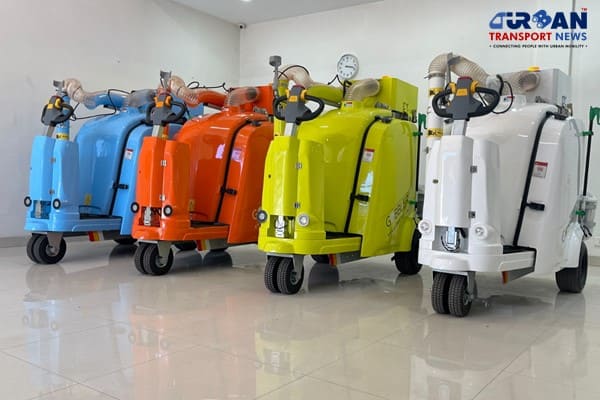 Ayodhya deployed Gobbler Litter Buster to keep the City clean
Ayodhya deployed Gobbler Litter Buster to keep the City clean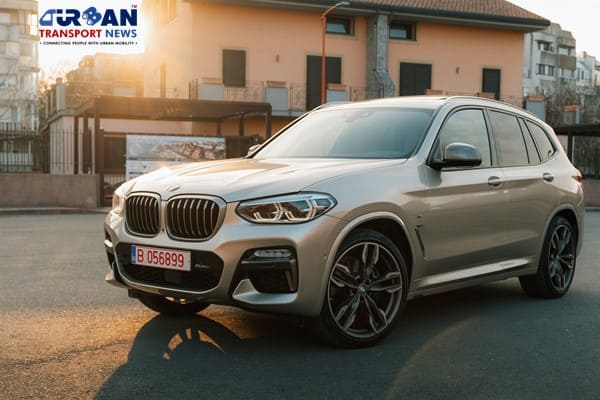 BMW's Emissions Investigation: What Does It Mean for Drivers?
BMW's Emissions Investigation: What Does It Mean for Drivers?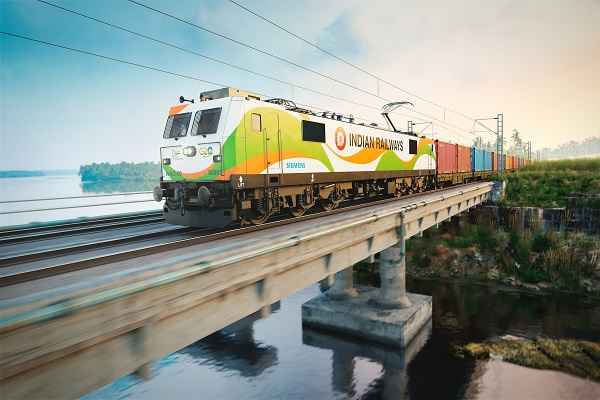 171 Years of Indian Railways: A History of Innovation and Progress
171 Years of Indian Railways: A History of Innovation and Progress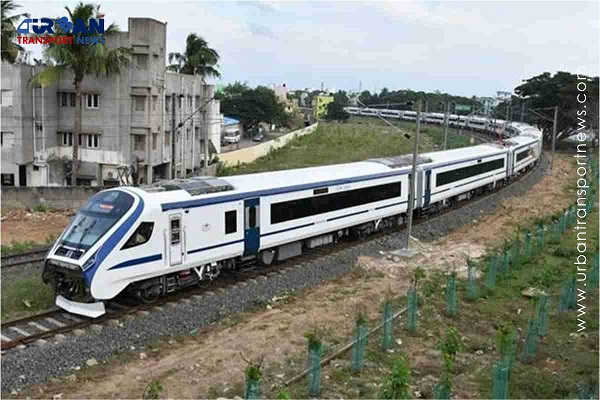 Vande Bharat Express trains carries over two crore passengers since their inception
Vande Bharat Express trains carries over two crore passengers since their inception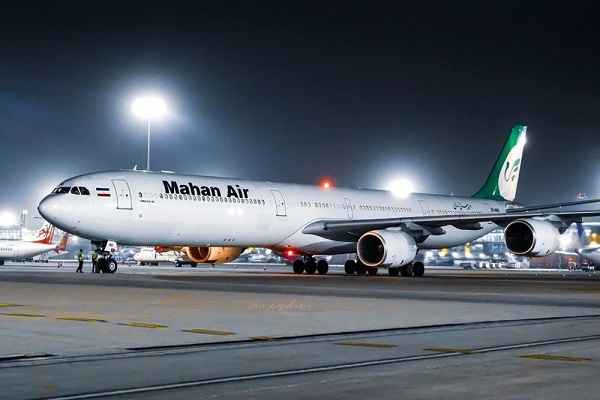 BPCL partners with Noida International Airport to construct ATF Pipeline
BPCL partners with Noida International Airport to construct ATF Pipeline
Vande Bharat Express trains are truly transformational
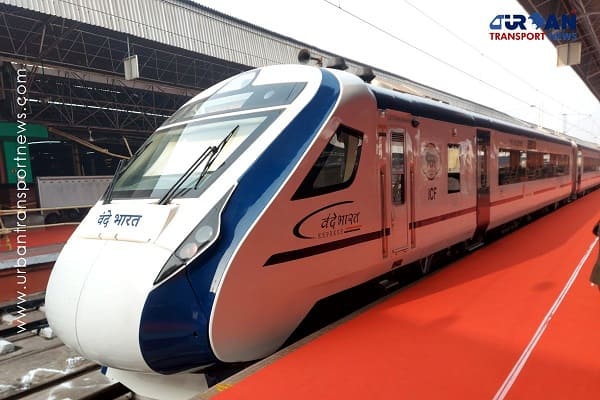
A team of engineers from Integral Coach Factory (ICF), Chennai and the allied rail rolling stock industry came together to conceptualise, design, engineer and deliver Train 18/Vande Bharat Express in 2018. It was a near world-class train, made entirely in India in just 18 months at a fraction of what it would take, both in terms of time and cost, anywhere in the globe. It paved the way for a whole new ballgame in rail transportation, not a mere organic continuation of the Railways’ track record in making trains.
For three years after that, the narrative turned into one of negativity, victimisation of the team and overall disappointment. Meanwhile, only two trains were pressed into service between mid-2019 and mid-2022. However, Prime Minister Narendra Modi’s definitive announcement on August 15, 2021, that 75 Vande Bharat trains would run across the country in 75 weeks marked a definitive break.
The vibes reversed dramatically. Like the proverbial blue streak, there was a palpable push towards manufacturing these trains. As ICF again got into action, the Finance Minister sprang a surprise in the 2022 Budget that 400 Vande Bharat trains would be manufactured in three years.
A lot has changed since then. Another 12 Vande Bharat trains were rolled into service on various routes. The ICF seems to have settled into making three trains per month and may expand it further.
All except two trains run to full occupancy. They have been well-received by the travelling public, and people throng, and not only at originating and destination stations.
Lost in the discourse on whether so many trains make sense without a matching infrastructure in place, is the fact that they have brought about a sea change in passenger travel in India. By early 2024, there are likely to be 50 Vande Bharat trains, and sometime in 2025, the number should cross 100.
Looking beyond 200 trains by 2025-26, what are the bottlenecks in reaching 500 trains in four years? Not too many. Committed planning and execution at this stage would make it possible. ICF should certainly be able to add 125 trains in this period. Besides, some sleeper trains could well take it beyond 125; sleeper version is a must to replace Rajdhanis. Though ICF has been rather late in catching up despite the initial thrust in 2018, they are reportedly working hard on the project.
An order for manufacturing 120 and 80 Vande Bharat trains, respectively, by Russia’s Transmashholding+ Rail Vikas Nigam Ltd and BHEL+ Titagarh Wagons consortia in Latur and ICF has been placed. The delivery of these trains would start in 2025-26 and will be completed in the next four years.
One caveat though. All the trains coming in these five years would be of the same vintage as the first two, albeit many would be sleeper versions.
To take the Vande Bharat experience to the level of a truly world-class train, the contract for 100 aluminium-bodied 200 kmph-capable Vande Bharat clones, to be manufactured in Sonipat, should be decided early even if they are likely to be more expensive; technical bids for the same were opened some months back.
The 500 Vande Bharat clones running across India in five years is a mind-boggling change of image of a hitherto sleepy organisation. The infrastructure needed to support that many trains would, hopefully, be developed soon.




